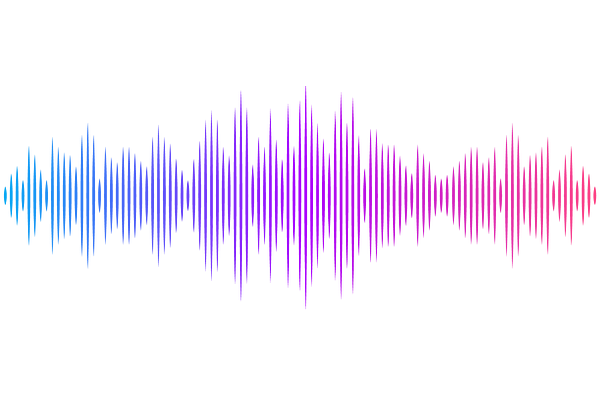Homeodomain protein Sxi1α regulates cell-cell fusion during distinct sexual reproduction modes in Cryptococcus deneoformans

Homeodomain protein Sxi1α regulates cell-cell fusion during distinct sexual reproduction modes in Cryptococcus deneoformans
Huang, J.; Peterson, P. P.; Xu, Z.; Xiong, L.; Sun, S.; Heitman, J.
AbstractSex-specific homeodomain (HD) proteins are key regulators of cell identity and sexual development in fungi, typically functioning as heterodimers to regulate transcription. In the human fungal pathogens Cryptococcus neoformans and Cryptococcus deneoformans, the HD proteins Sxi1 and Sxi2a (sex-induced 1 and 2a) have been characterized as interacting partners that play critical roles in sexual development during a x sexual reproduction. Given the dominance of cells in natural populations of Cryptococcus, the roles of Sxi1 and Sxi2a in unisexual reproduction, which predominantly involves same-sex ( x ) mating, remain unclear. To elucidate the functions of Sxi1 and Sxi2a in unisexual reproduction, we first used AlphaFold3 to predict their structures, which revealed the potential for both heterodimeric and homodimeric complexes. We subsequently deleted SXI1 and SXI2a in the hyperfilamentous self-fertile C. deneoformans strains XL280a and XL280. Disruption of these genes did not result in noticeable defects in vegetative growth, virulence-associated traits, colony morphology, sporulation, or competitiveness during either a x or x crosses. Surprisingly, the absence of SXI1 significantly increased the cell-cell fusion rate during both x and a x mating, suggesting a novel inhibitory role for Sxi1, independent of the partner Sxi2a. Together, our findings revealed an unexpected function of Sxi1 in regulating cell fusion, which may contribute to the predominance of MAT isolates in global Cryptococcus populations and the conservation of SXI1 in a population that is predominantly mating type.